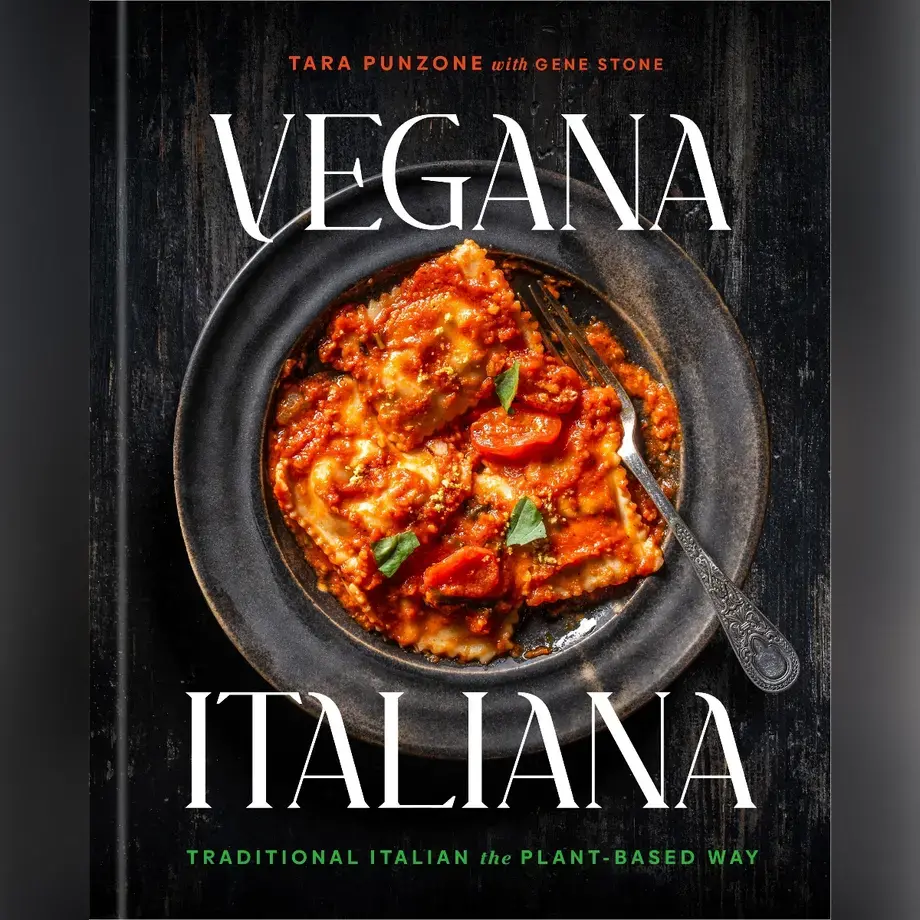Scraping tree bark onto your porridge might not sound like the most appetizing of ideas, but that is just what you do when you grab a cinnamon stick, or its ground equivalent. The history of cinnamon goes back many centuries: it was first consumed around 2000 BC, where records of its use in ancient Egypt were both culinary and medical. The spice has been prescribed for everything from coughs to arthritis, and it has been scientifically proven to help treat fungal infections or loss of appetite. How many spices can claim all that? It helps lower blood sugar in those suffering from diabetes, and can lower triglycerides and cholesterol, if taken in doses of 6 grams per day. And did we mention that it tastes good?
The inner bark of trees of the Cinnamomum genus are divided into two main categories: verum (“true”) and cassia, which is a less-expensive type produced largely in China, whereas Sri Lankan Cinnamon is perhaps the most famous of the “true” varieties, which represent the sort that the majority of the world consumes in powdered form. The name derives from ancient Hebrew or Phoenician word, qinnamon and its ancient Greek equivalent, kinnamomon. The word first appeared in English in the 15th century, though the term cassia was used in the early Middle Ages in English, a derivative of the Hebrew, qtsiah, which comes from the verb meaning “to strip off bark,” which nicely describes how cinnamon is harvested. It begins as a flat strip ripped from the tree’s inner bark but, as it dries out, it curls into the cinnamon sticks we recognize for grating or stirring our hot cocoa.
Considering the history of cinnamon, we can state the spice had a special place in the ancient world: an ancient Greek inscription describes cinnamon and cassia as gifts donated to Apollo at the temple of Miletus. In antiquity these two terms were used for variants on modern cinnamon. Cassia was Cinnamomum iners, imported from Arabia and Ethiopia, while Cinnamomum verum came from Sri Lanka—in either case, it was a long, dangerous road for the spice to travel to Europe for trade, and so it was greatly prized, and very pricy. 1st century AD Roman historian Pliny was the first to detail the spice trade, which was worth some 100 million sesterces a year (suffice to say, that was a lot of cash). Cinnamon, he wrote, arrived from the Red Sea on “rafts with rudders, sails or oars” and mentioned that a Roman pound of cassia (about 327 grams) cost 300 denarii, which was a year’s wage for a common laborer. Several centuries later, we can compare the price, as Emperor Diocletian, in 301 AD, notes that a Roman pound of cassia cost 125 denarii (he also notes that a farmhand would earn 25 denarii per day). Cinnamon was getting cheaper, but not by much. Greek poet Sappho and historian Herodotus wrote about cinnamon, the latter believing that cassia came from the home of the god of wine and orgies, Dionysus. Another legend says that the phoenix bird would build its nest out of cinnamon and cassia sticks. Theophrastus described a bizarre, and probably not very productive, ancient method for harvesting cinnamon: employ worms to eat the outer bark, leaving the inner bark for you to gather. The Bible features cinnamon as well—Moses is told to use sweet cinnamon and cassia in preparing holy oil, and the Song of Solomon features a beloved beauty with cinnamon-scented garments.
These days, around 30,000 tons of cinnamon and cassia is produced annually worldwide, with Cinnamomum verum accounting for about a third of that (with 90% of that supply coming from Sri Lanka). It is most often used in desserts, and the obvious use is as a topping for yogurt or porridge or a flavoring in mulled wine or hot cocoa. But it is wonderful when added to savory dishes, as well. Moroccan cooking often features cinnamon in savory main courses, as does the food of Sicily. Try it with grilled octopus, for instance, the Sicilian baked pasta “cake” called Timballo, or this nice showcase for it: a classic Moroccan cinnamon chicken, where is leads the way, alongside cumin, turmeric and chili powder, with dates and apples diced alongside the chicken and piles of couscous.













